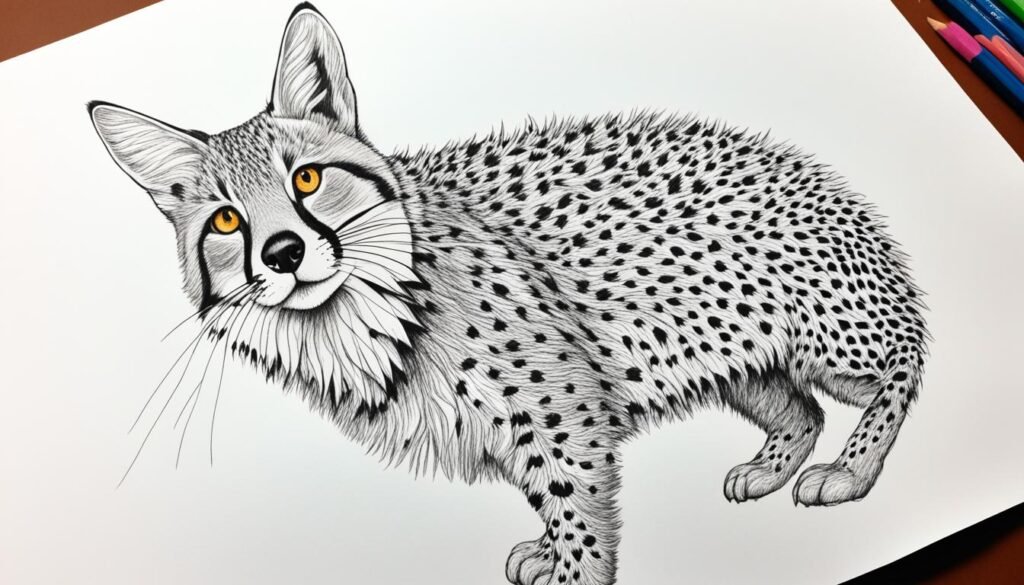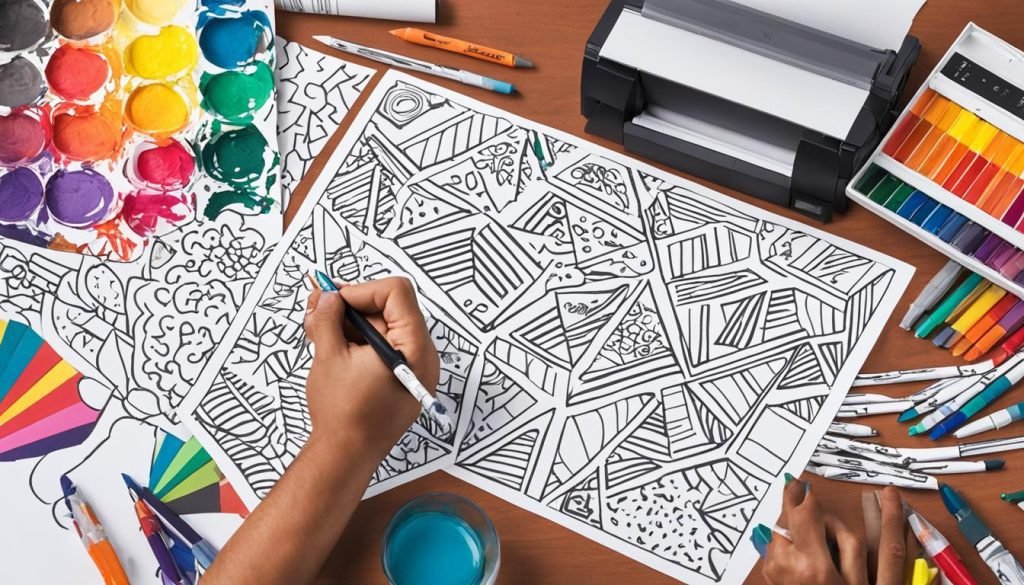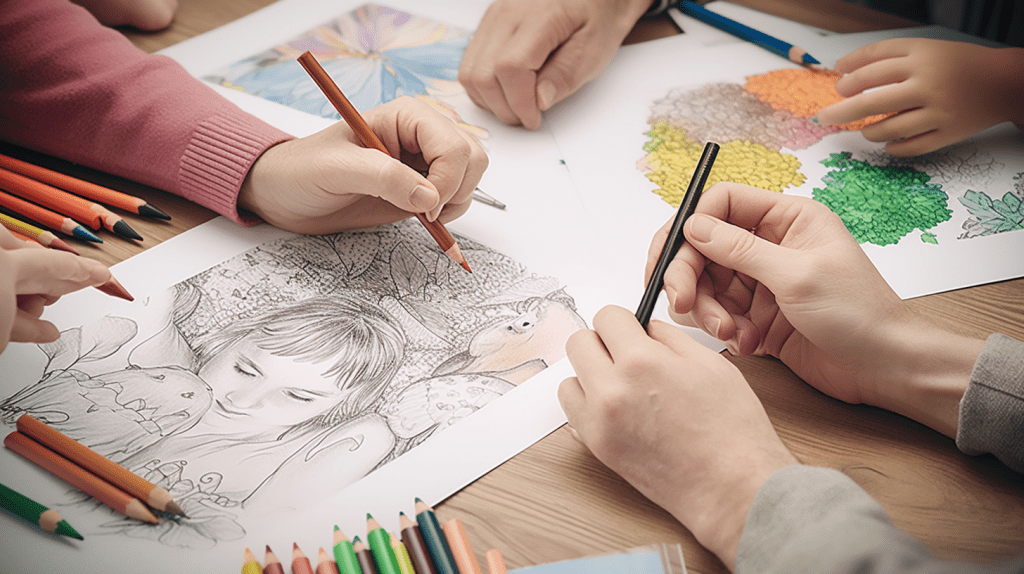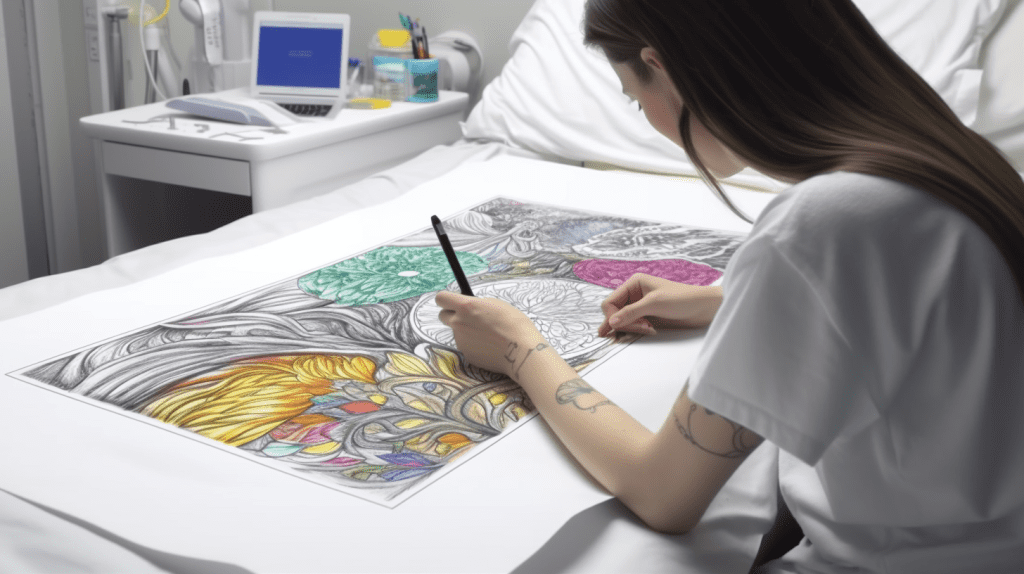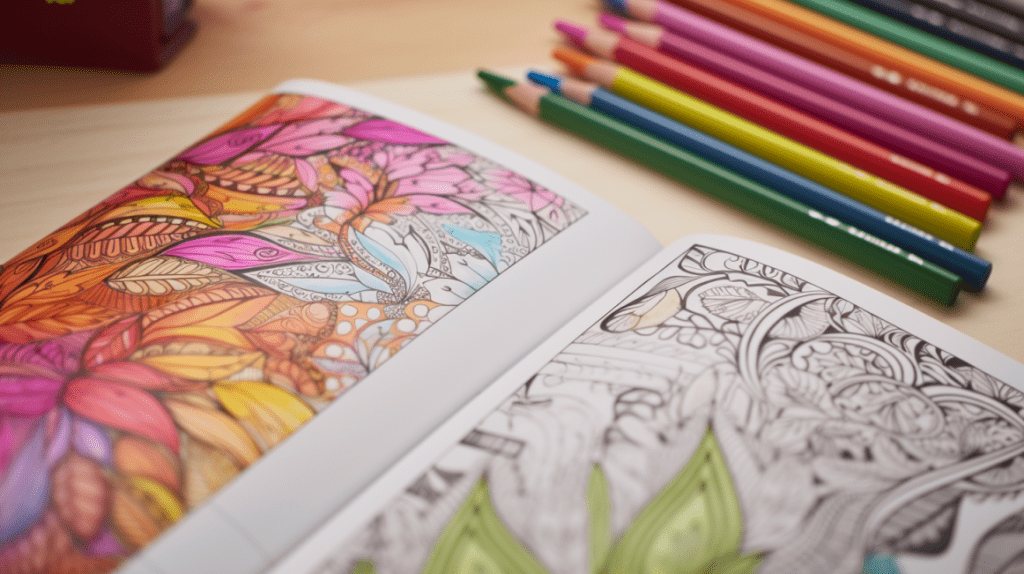Anxiety disorders are among the most common mental health disorders in the United States. According to the Anxiety and Depression Association of America, anxiety disorders affect approximately 40 million adults aged 18 or older, or about 18.1% of the US population, each year. While there are many treatment options available, including medication, therapy, and lifestyle changes, some people find that coloring can also be an effective tool for managing their anxiety. In this article, we will explore the therapeutic benefits of coloring for people with anxiety and how it can be used as part of a comprehensive treatment plan.
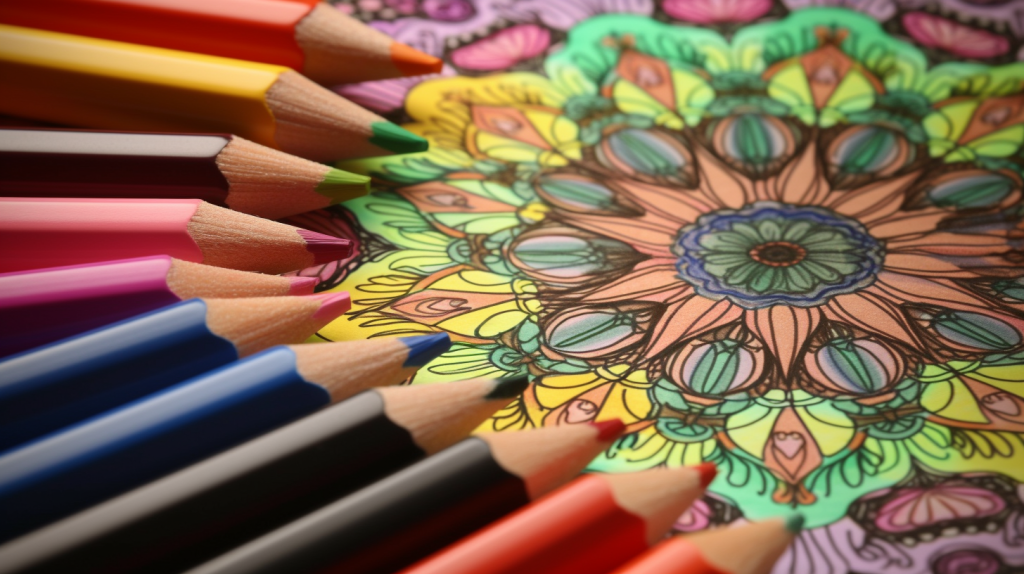
What is Anxiety?
Before we dive into the benefits of coloring, it’s important to understand what anxiety is and how it affects people. Anxiety is a natural response to stress or danger, and it’s a normal part of life. However, when anxiety becomes excessive or persistent, it can interfere with daily activities and lead to a diagnosis of an anxiety disorder. Symptoms of anxiety can include excessive worry, restlessness, fatigue, difficulty concentrating, irritability, muscle tension, and sleep disturbance.
How Coloring Helps with Anxiety
- Reducing Stress and Anxiety Levels: Coloring is a calming and relaxing activity that can help reduce stress and anxiety levels. When we color, our brain enters a meditative state similar to that achieved during meditation or yoga. This meditative state can help reduce our heart rate and blood pressure, which are physical symptoms of anxiety.
- Focusing on the Present Moment: Coloring also helps us focus on the present moment, which can be difficult for people with anxiety who tend to worry about the future or dwell on the past. When we color, we focus on the task at hand, which can help us tune out our worries and reduce anxiety.
- Providing a Sense of Accomplishment: Completing a coloring page provides a sense of accomplishment and can boost self-esteem. This is especially important for people with anxiety who may struggle with feelings of inadequacy or self-doubt.
- Improving Fine Motor Skills: Coloring requires the use of fine motor skills, such as hand-eye coordination and dexterity. Practicing these skills through coloring can help improve them, which can have a positive impact on other areas of our lives, such as handwriting or playing a musical instrument.
How to Use Coloring for Anxiety
- Choose the Right Materials: To get the most benefit from coloring, it’s important to choose the right materials. Consider using high-quality coloring pencils or markers that feel comfortable in your hand and produce vibrant colors.
- Find a Quiet Space: Coloring is a quiet activity, so it’s important to find a quiet space where you won’t be disturbed. This can be a corner of your home or a quiet park bench.
- Choose the Right Coloring Pages: Choose coloring pages that appeal to you and match your skill level. Don’t worry about creating a masterpiece, focus on the process of coloring and the benefits it provides.
- Make it a Habit: Coloring can be a helpful tool for managing anxiety, but it’s important to make it a regular habit. Set aside a specific time each day or week to color and make it a part of your self-care routine.
Conclusion
Coloring is a simple yet effective tool for managing anxiety that can be used in conjunction with other treatment options. By reducing stress and anxiety levels, focusing on the present moment, providing a sense of accomplishment, and improving fine motor skills, coloring can have a positive impact on our mental health and well-being. If you’re struggling with anxiety, consider incorporating coloring into your self-care routine to see if it helps.
Frequently Asked Questions about Coloring and Anxiety
Can coloring be a substitute for therapy or medication for anxiety?
No, coloring is not a substitute for therapy or medication for anxiety. However, it can be used as a complementary tool to help manage symptoms.
Is it possible to color in a group setting?
Yes, coloring can be done in a group setting. In fact, some people find it helpful to join a coloring group or club to connect with others who also enjoy the activity.
Are there specific coloring techniques that are more effective for managing anxiety?
There is no one-size-fits-all approach when it comes to coloring techniques for anxiety. Some people find that coloring intricate designs or patterns is particularly soothing, while others prefer simpler designs or landscapes.
Can children with anxiety benefit from coloring?
Yes, children with anxiety can also benefit from coloring. In addition to the therapeutic benefits mentioned in this article, coloring can also help children develop their fine motor skills and improve their concentration.
What are some other creative activities that can be helpful for managing anxiety?
In addition to coloring, other creative activities that can be helpful for managing anxiety include painting, drawing, knitting, and playing a musical instrument. It’s important to find an activity that you enjoy and that helps you feel relaxed and focused.

